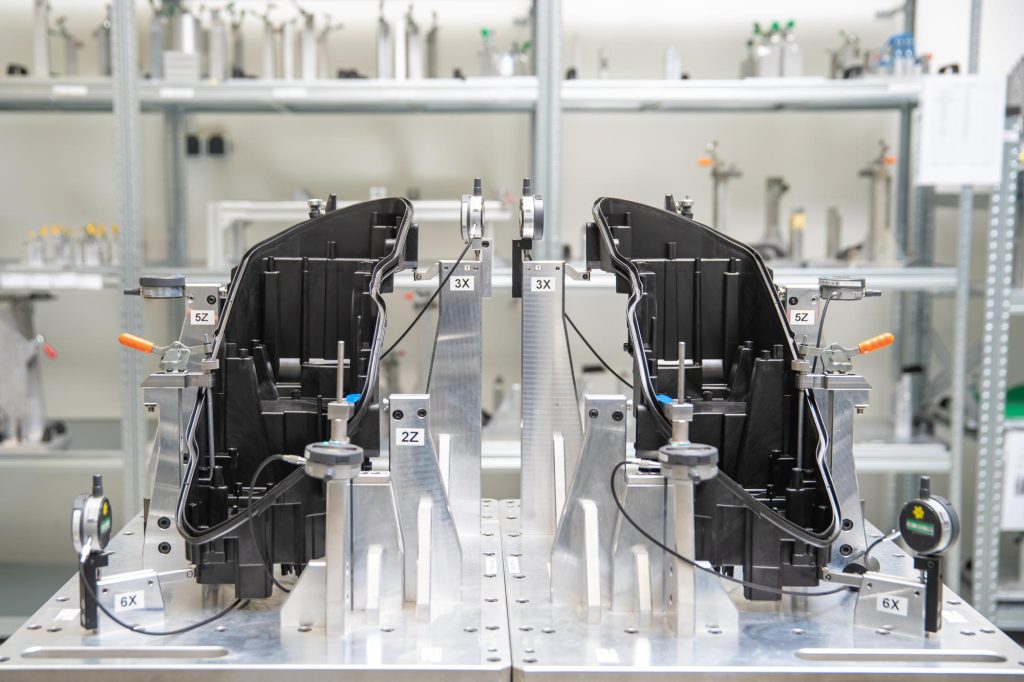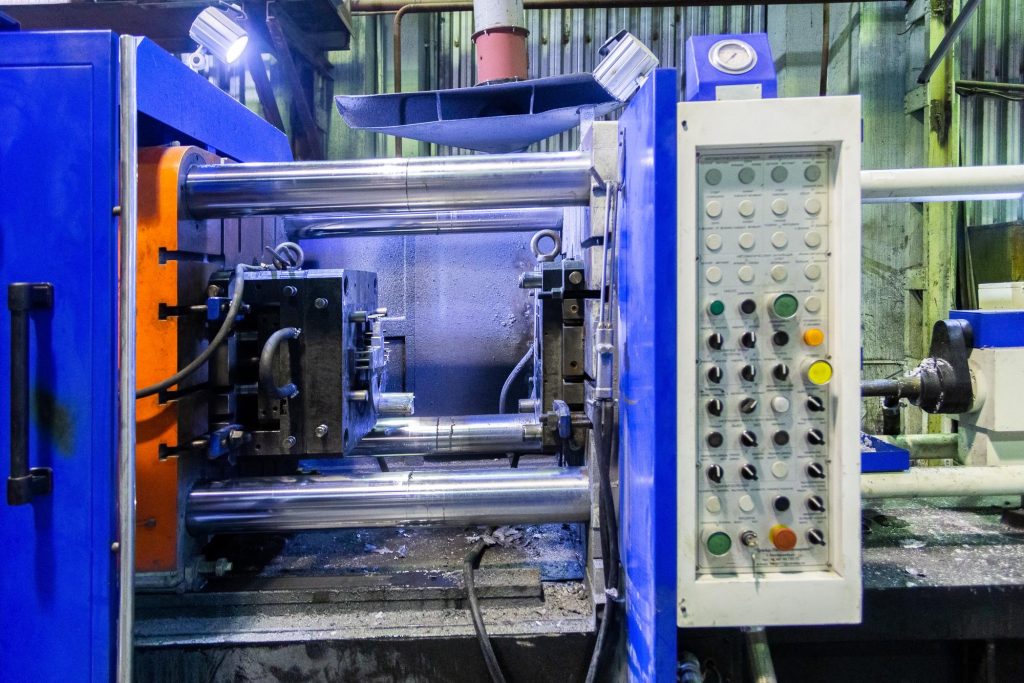www.powermold.co.th
MOLD MANUFACTURING
AND SALES
From 1989 to the present
For more than 30 years, we have produced molds for customers in almost every plastic parts manufacturing industry
Expertise of our mold technician team that will be able to support the production of many molds To meet the needs of customers for sure
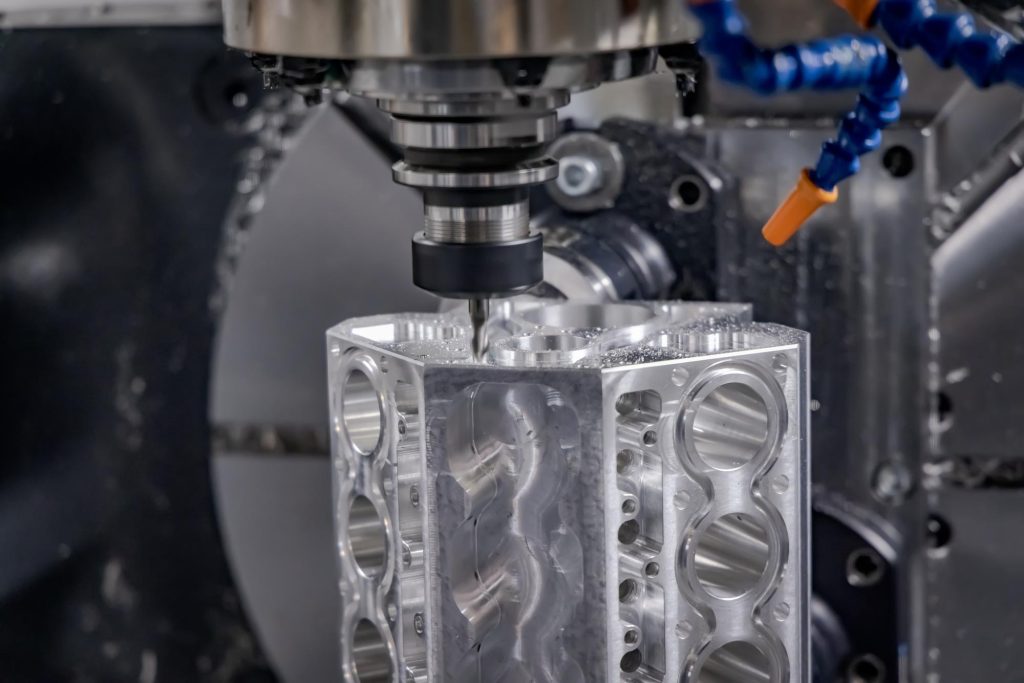
Expertise in using machine tools Resulting in maximum efficiency in work
“The use of CNC (Computer Numerical Control) machines in mold manufacturing is an important and highly efficient process. CNC machines can provide high precision in ignoring complex tasks. Here are the important steps in using a CNC machine to create a mold:
Design: In the first step, you will need to create the 3D design of the desired mold. CAD (Computer-Aided Design) software can help create detailed and accurate designs. Additionally, you need to specify the materials used to create the mold.
CNC Program (CNC Programming): Before the CNC machine works, you need to create a program that will point the CNC machine in the positional movement and movement required by the mold. This can be a G-code file or program understood by a CNC machine.
CNC Machining: This is the step where the CNC machine runs according to the program created. This includes extraction onto the material used to create the mold. This may be steel, aluminum, or other materials as specified.
Installation and Testing: When the CNC machine is finished, the mold must be installed in the knife machine, and testing will begin. This is an important step in checking the precision and quality of the mold.
Inspection and Adjustment: After testing, mold inspection to check the accuracy and quality of the product being created. If necessary adjustments or corrections are made, mold adjustments must be made.
Cleaning and Maintenance: Cleaning and maintaining the mold is an important part. To maintain the accuracy and quality of the mold.
Using CNC machines to create molds reduces production time and costs, and provides high precision in creating modern, high-quality molds.”
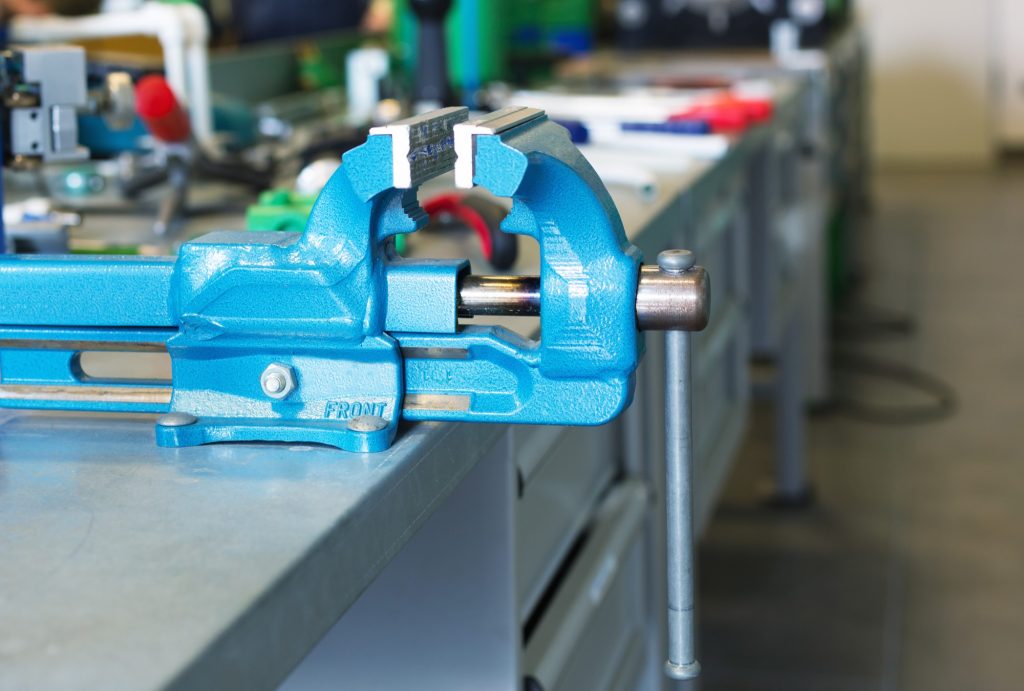
It’s possible. We have to make it possible
If a customer is wondering Products you want to produce Can I make a mold? We will not hesitate to help customers analyze and improve designs. To be able to produce good and quality molds to meet the needs of customers as much as possible
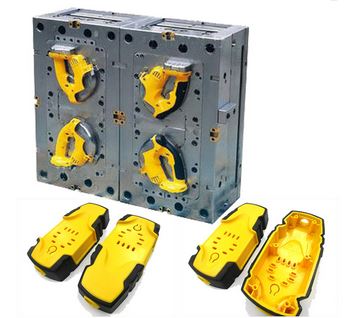
Plastic injection mold design techniques
“Plastic injection mold design is a complex and important step in the production process. Here are some techniques that can help in designing plastic injection molds:
1.1.a. Choose the right material: You must choose the right material for the application you are about to use. Molds can be made of steel, aluminum, or metal for mass production. Or even made of plastic for a budget or higher.
Mold structure design:
2.2.a. Use CAD (Computer-Aided Design) software to create 3D mold models. Consider the complexity of the shape and structure to make it efficient and cost-effective. Details to consider in design:
Consider adding details that can help the mold work more efficiently, such as increasing vents, improving flow, and reducing sedimentation.
Working gestures (Draft Angles):
Increases work posture that helps reduce the stickiness of the workpiece in the mold and increases the ease of removing the workpiece.
Performing the act of removing the workpiece (Ejector Pins):
Put the workpiece removal posture in the mold. To help in the process of removing the workpiece from the mold.
Slide making and movement:
Consider adding slides or movement systems to the mold to help produce workpieces with complex structures.
Testing and improvement:
Test the test mold by prototyping the prototype and checking the quality of the workpiece. Improve molds according to test results.
Heating adjustment: Control the heating at each mold position. To prevent problems with shrinkage of the material being injected.
Maintenance and repair: Periodic mold maintenance such as cleaning, repair, and replacement of worn parts.
Understanding from mold design to production will help you create efficient and functional molds according to your needs.”
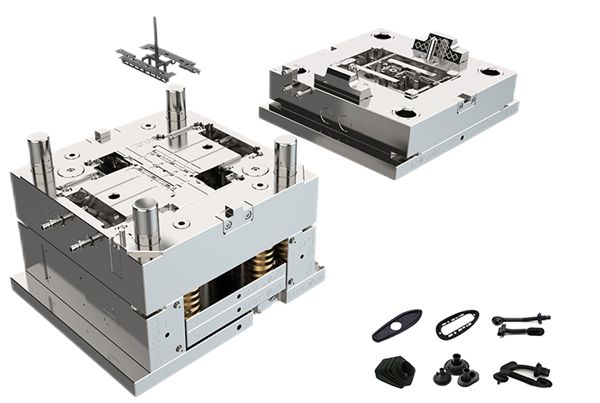
Testing and improvement:
Test the test mold by prototyping the prototype and checking the quality of the workpiece. Improve molds according to test results.
Heating adjustment: Control the heating at each mold position. To prevent problems with shrinkage of the material being injected.
Maintenance and repair: Periodic mold maintenance such as cleaning, repair, and replacement of worn parts.
Understanding from mold design to production will help you create efficient and functional molds according to your needs.
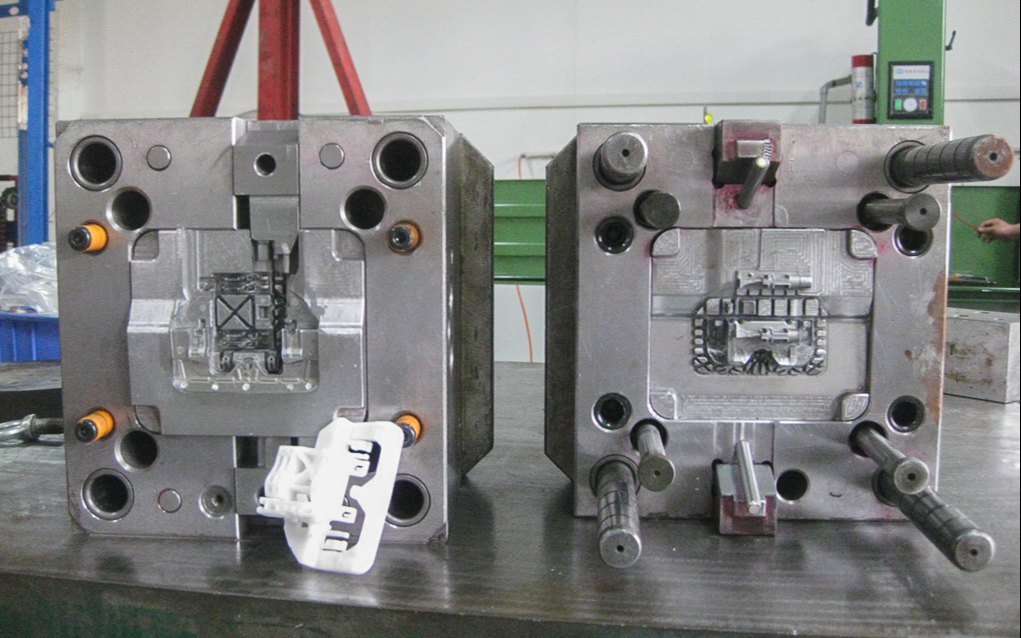
Commitment to producing quality molds is the most important aspect of operations.
Here are some guidelines that can help you make a commitment to producing quality molds
Product insights:
We need to understand deeply the products that will be used in the production of molds. Knowing the important features and needs of customers allows for proper mold customization.
Using modern technology:
Using modern technology in mold design and production. Using CAD software, 3D scanning, or modern machines helps to work more accurately and faster.
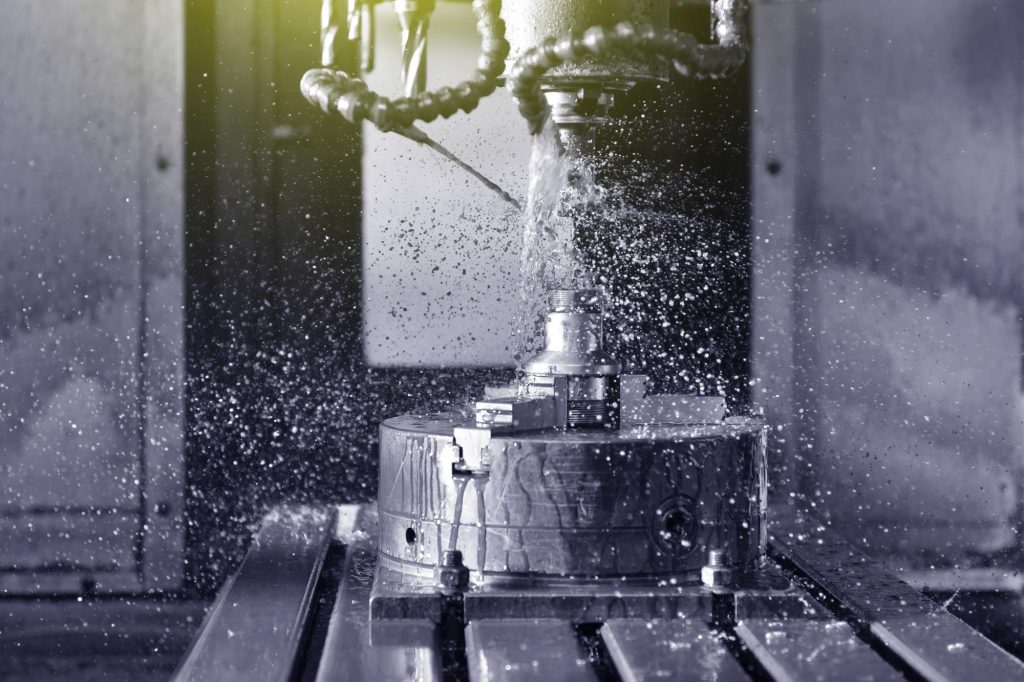
Testing and improvement:
Follow the production process closely and test it for a period of time. Test awareness and results-based improvements help you optimize your mold.
Customization ability:
Has the ability to customize molds according to needs. Customization allows for problem focus and quality improvement.
Quality control:
Follow up and control every detail of the production process. The use of quality control technology helps in maintaining the quality of molds and precision products.
Education and self-development:
Study and develop yourself in technology and production processes. Learning new things Helps you be a modern leader.
Safety and environment:
Give importance to safety and environmental standards in production. Focusing on safety reduces losses and increases environmental generosity.
Cooperation and communication:
Cooperation with the team and good communication are important. Working together helps everyone understand the objectives and participate in mold development.
Commitment to producing quality molds requires emphasis on every detail, constant improvement, and the use of modern technology to achieve standardized and satisfactory products
